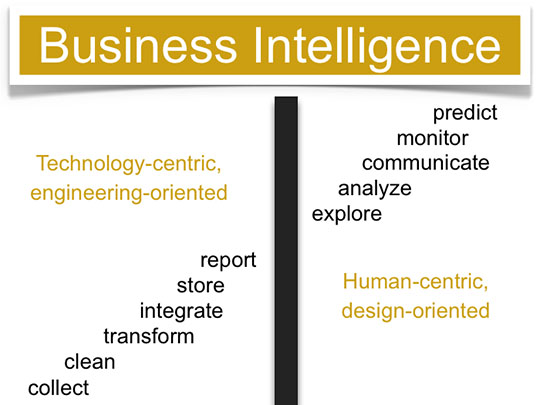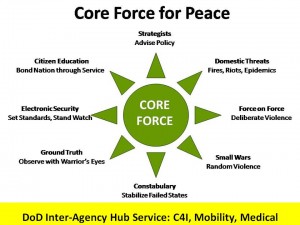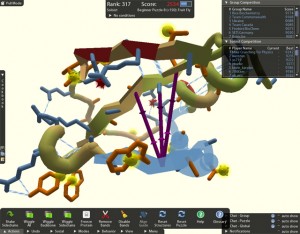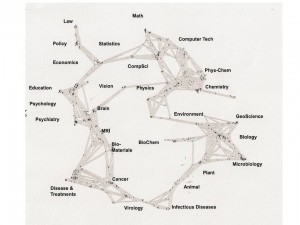
Kudos to Stephen Few, the author of this slide, whose informative web site can be reached by clicking above. As we have been saying for years, BI is data mining, nothing more. Here he shows the wall that has been separating BI from the rest of us.

This graphic was created for a lecture to Eastern European Parliamentarians at the George C. Marshall Center in the mid-tolate 1990's. Many understood back then that the Department of Defense (DoD) was the only element of the U.S. Government (USG) capable of serving as a hub or backbone for USG Whole of Government and dynamic or surge inter-agency operations as well as multinational operations other than war (OOTW).
Unfortunately, the military services have managed to avoid, undermine, or ignore leadership from a series of Secretaries of Defense, so today we do not have a Global Information Grid (GIG) nor do we have joint mobility, weapons, or communications systems that are truly inter-operable.
Originally posted online in 2008 when this Blog was first created, we are updating the publication date to make it more easily visible–this will be, we believe, a central graphic for the multinational endeavors of the future.
Continue reading “Graphic: Core Force for Multinational and Whole of Government Operations”

Today's issue of Nature contains a paper with a rather unusual author list. Read past the standard collection of academics, and the final author credited is… an online gaming community.
Scientists have turned to games for a variety of reasons, having studied virtual epidemics and tracked online communities and behavior, or simply used games to drum up excitement for the science. But this may be the first time that the gamers played an active role in producing the results, having solved problems in protein structure through the Foldit game. (Also related, TED talk on how gaming can make a better world).
Phi Beta Iota: Most serious analysts now understand Citation Analytics 101. It's time to move to Citation Analytics 202, and there is no better way to introduce the art of the possible than by pointing to Kevin W. Boyack, Katy Borner, and Richard Klavans (2007), “Mapping the Structure and Evolution of Chemistry Research (11th International Conference of Scientometrics and Infometrics, pp. 112-123.


There are several take-aways from this article, which is more or less the “coming out” of the Klavens-inspired infometrics field now that he has won his law-suit and has unchallenged access to all Institute of Scientific Information (ISI) access [this was one of the sources we used to win the Burundi Exercise before the Aspin-Brown Commission in 1995].